Plastics discovered in water systems - and even in our bodies - has emerged as a critical environmental concern of our age. As much as 63% of all clothing is made from plastics, which means the implications of the textile and fashion industry's role in this disaster is vast. And even aside from the issues of microfibres, there are other contributions to massive environmental impacts caused largely by an outmoded perception of cleanliness: toxic chemicals emitted from dyes and laundry detergents, heavy water consumption in the production of cotton and laundry processes, and high energy consumption from our reliance on household appliances.
In this Masterclass, we get to the bottom of what all this cleaning is actually doing to our planet. Bringing together cutting-edge research from global leaders in household cleaning products, along with an environmental campaigner and, a business disrupting the garment care sector, you will leave equipped with the knowledge of how as designers and consumers, to change habits and perceptions of 'clean' to reduce our negative impact on the planet.
In this Masterclass, you will learn:
- Cutting-edge research in microfibre pollution and the surprising results
- How to prevent the shedding of microfibres in designing - through material choice - and washing
- The best ways to educate customers about correct washing practice
- How detergents clean different fabrics
- How to identify toxic chemicals in their formulae
- Why the world is facing a water crisis and how we can work with consumers to prevent it
- Why dry cleaning is highly toxic to the environment and our health
- How you can work with skilled and knowledgable dry cleaners to better understand your design and materials
-
Microfibre Pollution and the Environmental Impact of Washing Clothing and Textiles
with Neil LantRead More...Summary
Over the past four years, microfibres have risen out of seemingly nowhere as one of the most harmful effects of the textile industry on the planet. We know for certain that microfibres are extruded from our synthetic clothes, but beyond this, what do we actually know about the facts surrounding these tiny plastic pollutants?
While their effects are still unknown, working on finding out the answer to this serious environmental question, along with practical methods of solving the crisis is Neil Lant and his team of researchers at Procter & Gamble. Neil’s approach is wholly focused on the science behind washing clothes and his 20 years of experience in researching the best washing techniques make this interview a must-watch for anyone keen to stay abreast of the current state of the microfibre crisis.
-
Washing Formulations for Garment Care and How to Reduce Our Environmental Impact
with Fred HolzhauerRead More...Summary
'Green' laundry detergents from brands like Ecover and Method may be popular amongst the eco-friendly crowd, but some still need convincing of their effective cleaning properties.
Fred Holzhauer, as the former Director of Formulations at Method and currently Application Development Specialist at Univar Solutions, is just the man to speak to when it comes to understanding eco-friendly laundry habits and detergents. In this interview, he explains precisely how detergents clean fabrics, what those nasty chemicals are doing to our clothes and how to adopt more environmentally friendly approaches to laundry that care for textiles and reduce our need for harsh agents.
-
How Bad is the World’s Water Crisis & What Can Designers Do About It?
with Emily BroughtonRead More...Summary
The fashion industry is hugely reliant on one of the world's most essential resources - water. Making up 72% of the planet's surface and two-thirds of our bodies, water is precious but is being used wastefully and toxically by design companies to create more clothing than we need.
Saving the Grace is a blog and Instagram platform founded by Emily Broughton, that encourages people to think holistically about the water they use in their daily lives and the ways it ties us all to the great eco-system of the planet. By changing our habits, Emily says, we have the power to bring positive impact to water systems that lie well beyond our familiar environments. With the help of some profoundly unsettling statistics, in this interview, you'll learn the extent of the world's water crisis and how we can start to take responsibility as designers and consumers for protecting our water systems around the globe.
Interviews
BLANC: The Eco-friendly Alternative to Toxic Dry Cleaning
Wednesday Jan 1st, 2020
Cora Ball: Finding a Solution to the Marine Plastic Pollution Problem
Sunday Mar 1st, 2020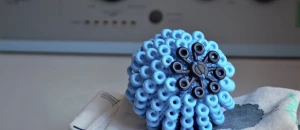
Martina Spetlova: Traceable Handmade Leather Fashion Goods
Sunday Nov 1st, 2020
Technical Tutorials
Follow on Masterclasses:
Eco Friendly Inks And Printing
Upcycling And The Circular Economy
Recycled Fabrics: The Social, Economic and Environmental Impacts
Additional Reading
What's In Your Mending Pile This Winter?
Tuesday Oct 27th, 2020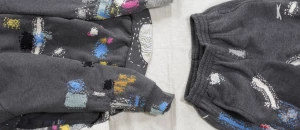
In Conversation With Valentina Karellas: Waste Yarns Into Made To Order London Knitwear
Wednesday Sep 16th, 2020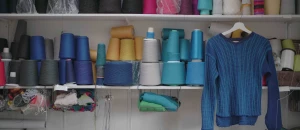
Say Yes to Second Hand September with Oxfam
Monday Sep 7th, 2020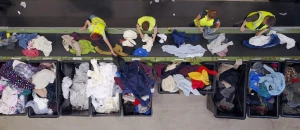
In Conversation With Bundle 'n Joy: Possibly the First Ever Maternity Clothes Rental Scheme
Tuesday Aug 4th, 2020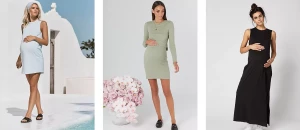
What can you make with our Recycled Polyester Satin fabrics?
Wednesday Jul 1st, 2020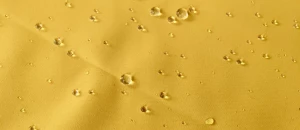
Material innovations in the sustainable cellulosic fibre realm
Thursday May 7th, 2020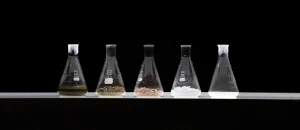
What's the deal with biodegradable stretch denim?
Monday Apr 13th, 2020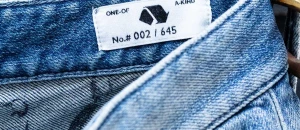
What is Fast Fashion doing to the planet, its people, and our state of mind?
Sunday Feb 9th, 2020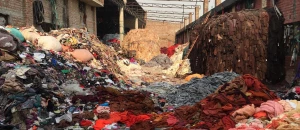
FOOD: Bigger than the Plate - Circular Design at the V&A Museum
Monday Jun 17th, 2019

